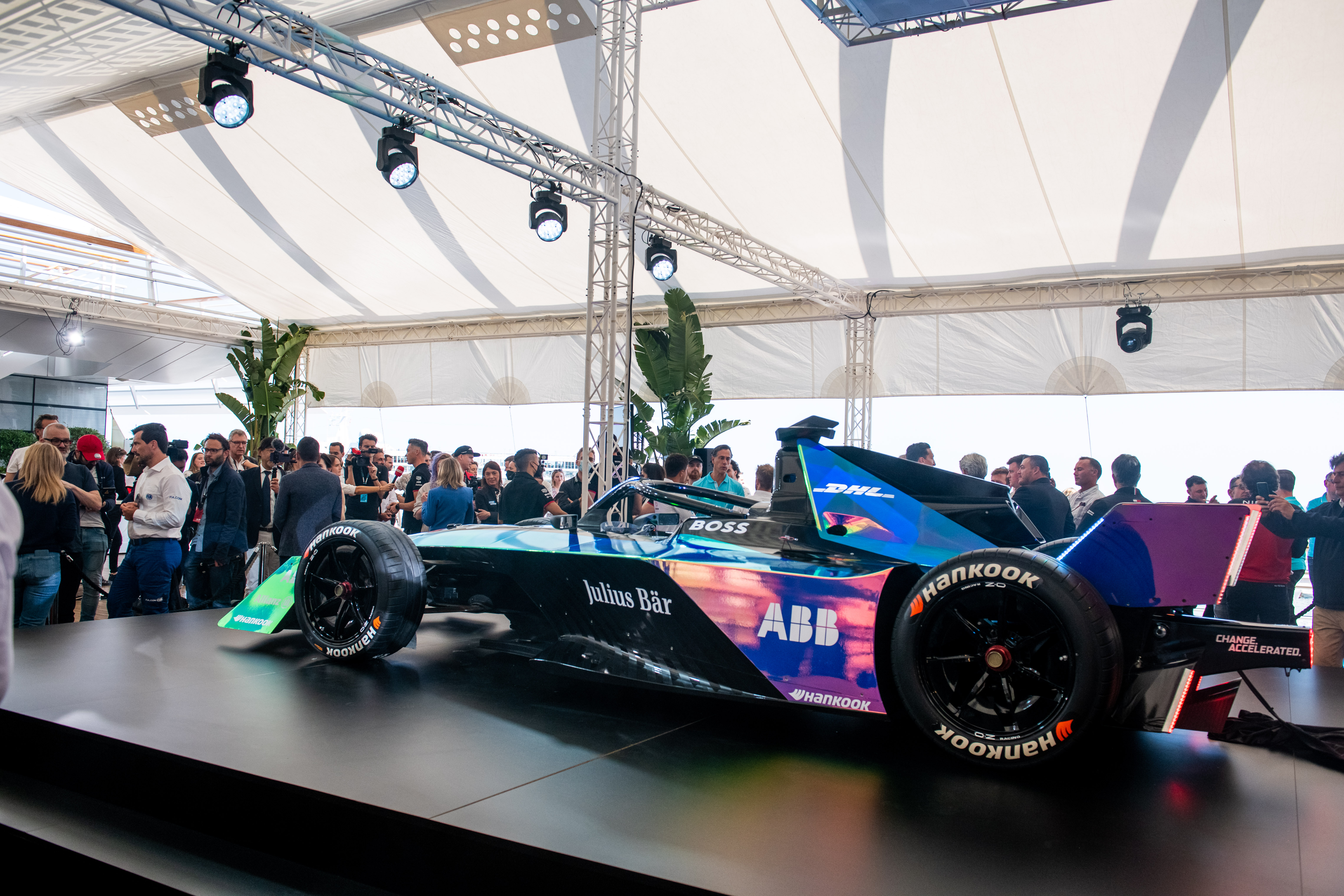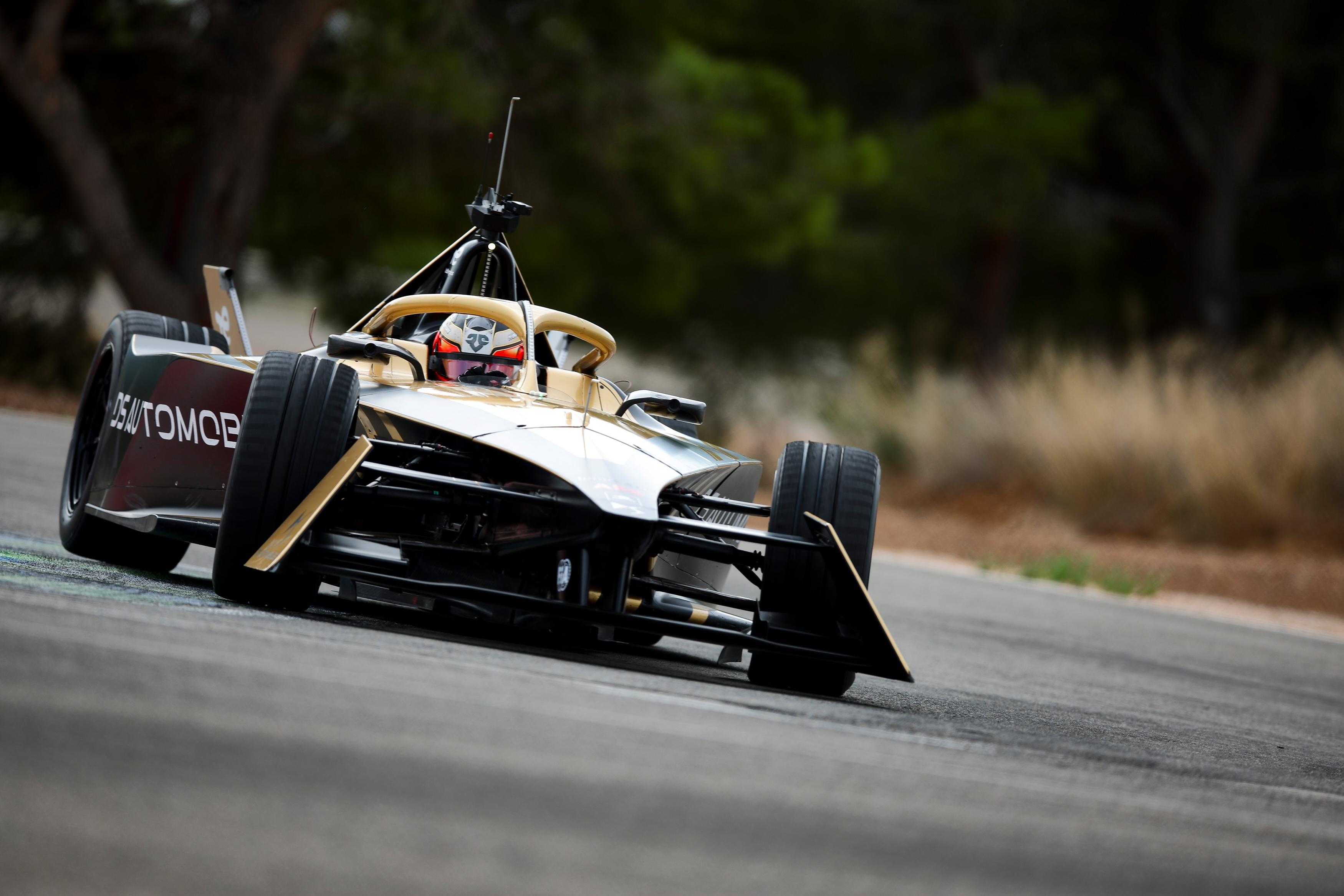A re-drafted attack mode system – set to be known as ‘attack charge validation (ACV)’ – is being readied for the first season of Formula E’s Gen3 era as the all-electric world championship finally finalises its sporting format for 2023.
The Race can reveal a drafted plan for the new race structure was agreed in principle at a Sporting Working Group meeting last week but must be passed through the World Motor Sport Council by an e-vote ahead of the official pre-season promoter’s test at Valencia next month.
After months of deliberations, it has been agreed to keep the successful attack mode system that was first introduced for the 2018/19 season, the first of the Gen2 era.
But several significant twists are set to be implemented with the most fundamental being a return to races run to laps rather than the previous 45-minutes and one lap structure.
Although yet to be officially confirmed, The Race understands that the FIA is going to give competitors options for how attack mode activations can be used. While the number of activations and durations of boost have varied from race to race up to now, they could only be deployed by drivers one way each time.
Now there will be different possible scenarios and time combinations that all add up to four minutes of additional power, with drivers able to choose whether they take their two ACV uses in 3+1, 1+3 or 2+2 minute combinations.
The extra flexibility in the attack mode rules was originally believed to have been preferred to be used as a hand-in-glove system with the planned introduction of fast-charging pitstops for the start of the 2023 season.

But knock-on problems associated with the delays in getting the spec RESS battery reliable will delay the introduction of planned fast-charging pitstops for at least the first five races of the season.
The lateness in confirming the regulations has been derided by some in the paddock.
One Formula E driver, who requested not to be named, told The Race this week that he found it “ridiculous” that the sporting structure is not defined just eight weeks before the season starts.
“We’re in a world championship right now and we don’t know what the races are going to look and feel like. So, it’s a bit poor and ridiculous in my opinion,” he said.
“What we have here is clear incompetence somewhere along the line and as usual the teams and drivers suffer as a consequence.
“Don’t get me wrong, the cars are mega and we’ll have great racing, I’m sure, eventually.
“But the way things are at the minute with the sporting regs and the issues still, well it feels a bit amateur at the moment.”
Formula E teams need to be able to complete simulations and the FIA needs to be able to calculate the amounts of laps required for each race this season.
This is part and parcel of structuring individual races via sim work, with knowing how many laps cars are going to be completing vital for energy usage. That is a collaborative process and is expected to be practically worked on at Valencia after the simulation data is digested.

The extra flexibility in the attack mode is expected to bring an added challenge of strategy for the teams who are currently building up their cars in a race against time to make the Valencia test in four weeks.
Several teams have told The Race that slow parts delivery is causing concern as work has in some cases ground to a halt on the assembly due to late arriving parts.
Additionally, there is also some uncertainty on whether all 22 of the RESS units will be available in completed form and working order for the Valencia test which is scheduled for December 13-16.
Williams Advanced Engineering is known to be working overtime to ensure the units are ready for the test. The delivery of them has been delayed primarily due to the issue that surfaced in the summer when Porsche, DS and at least one other manufacturer suffered terminal stoppages when the so-called pouch-cells within the unit started to leak.
The Race understands that the original cells, believed to be supplied by the SAFT company, were replaced in the RESS for different ones when it became apparent that they might not meet the specification and performance needed.
Pouch-cells, as opposed to a cylindrical design, have a better energy density but are often not as reliable. It appears that the replacement cell, while meeting the spec needed for Gen3, has question marks over its longevity.
Teams will send their cars and equipment to Mexico City just after the Valencia test, which will be the last meaningful running ahead of the first round on January 14.






